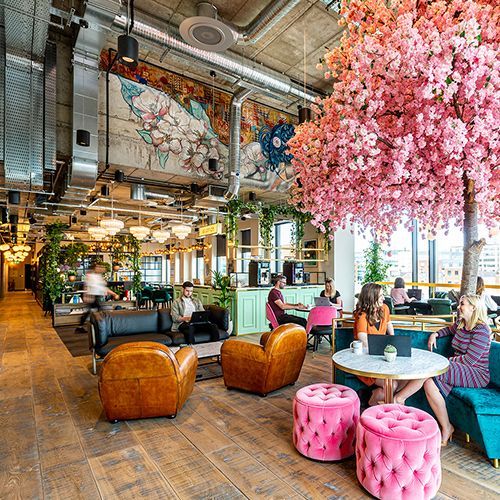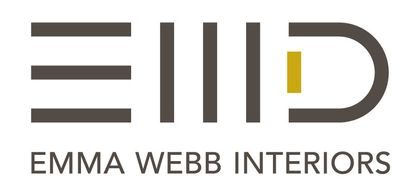
24/10/2019
The impact of Biophilic Interior Design on health and performance.
The US Environmental Protection Agency ranks indoor environments as one of the top 5 risks to human health that we face today.
Biophilia describes the instinctive bond between human beings and other living things – Nature nurtures, calms and inspires us. Over a decade of research indicates that nature contact has a restorative effect on people, helping them deal with day-to-day stress and maintain their work performance. The challenge of biophilic design is to address the prevailing deficiencies of contemporary buildings by implementing strategies to include the beneficial experience of nature within the built environment (Kellert et al 2008, Kellert 2012, Kellert and Finnegan 2011).
The last decade has seen steady growth in work around the intersections of neuroscience and architecture, both in research and in practice. Green building standards have begun to incorporate biophilia, predominantly for its contribution to indoor environmental quality and connection to place and the WELL building standard (launched in 2014) seeks to address and monitor features of the built environment that specifically impact human health and wellbeing.
Studies to measure the impact of Biophilic design on health and performance have been conducted over the last 3 decades, some key findings are summarised below:
Employees with the views of trees and landscape (north and west) took an average of 57 hours of sick leave per year, compared with 68 hours per year of sick leave taken by employees with no view. (Elzeyadi, 2011).
The numbers of calls handled per hour by employees with seated access to views of vegetation through large windows from their cubicles far surpassed the number of calls handled per hour by employees with no view of the outdoors. They were 6-7% faster (Heschong, 2003c). Shifting workstations (to allow for views) cost about $1,000 per occupant but resulted in a 6% increase in call processing capacity, or about a $3,000 return per occupant.
In hospitals, over fifty studies have been published that associate biophilic elements as primary influences for faster recovery rates for patients, decreased dependency on medication, reduced staff and family stress, and improved emotional wellness as a result of natural daylighting and views to nature. On average, patients whose windows overlooked a scene of nature were released after 7.96 days, compared with the 8.71 days for those who did not have a nature view (Ulrich, 1984)
In schools, students in classrooms with the most daylighting tested 7-18% higher than those with the least (CA school district). Furthermore, these students also demonstrated a 20-26% faster learning rate (Heschong, 1999).
Wellness real estate is a growing asset class - biophilic design and wellness initiatives are being implemented in the work environment and providing a return on investment, eg Johnson + Johnson demonstrated ROI of $2.71 for every $1 spent (2002 to 2008) with voluntary turnover rates of only 4% as a result of wellness initiatives. In addition, 88 of the fortune 100 companies are Leed certified and have a wellness strategy in place.
Biophilic office environments also help to attract talent. Adare Human Resource management estimates costs of an average €13,100 to replace an employee. 260 organisations were surveyed (46,000 employees) - average staff turnover rate of 11%; average time to recruit replacement: 6 weeks. Millenials change jobs on average within 3 years.
The case to implement Biophilic design strategies within the workplace is very compelling.
Photo of the lennox building, Dublin. Courtesy of iconicoffices.ie
